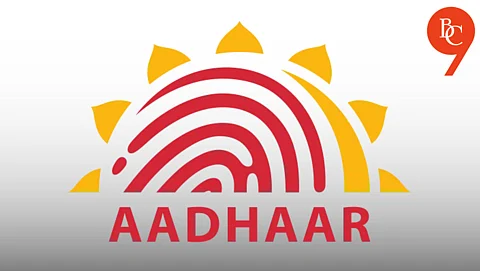

India’s flagship digital identity scheme, Aadhaar, is facing tough scrutiny after a recent Right to Information (RTI) query uncovered a dramatic gap: over the last 14 years, fewer than 10% of Aadhaar cards linked to deceased individuals have been deactivated, despite millions dying each year. This systemic shortcoming could have serious ramifications, from administrative inefficiency to the risk of identity misuse.
According to official figures, about 83.5 lakh (8.35 million) people die annually in India. Since Aadhaar’s launch, it’s estimated that over 11 crore (110 million) deaths should have occurred across the country. However, the Unique Identification Authority of India (UIDAI) has deactivated just 1.15 crore (11.5 million) Aadhaar numbers connected to reported deaths over 14 years—less than 10% of the total deceased.
UIDAI officials acknowledge a complex and burdensome deactivation process as a major obstacle. Deactivation typically requires:
Submission of a valid death certificate issued by a state government.
Formal notification from the family members of the deceased.
This decentralized, documentation-heavy approach leaves wide room for oversight and non-compliance, especially in rural areas or among families less familiar with bureaucratic procedures.
UIDAI, in its RTI response, also admitted that it does not maintain year-wise data on deactivations, publishing only a cumulative figure. This limits transparency and complicates any effort to track improvements or systemic issues over time.
The RTI findings expose a fundamental vulnerability in India’s digital governance, underscoring the need for tighter integration between the Aadhaar system and official death registries. Without urgent action, the risks of fraud, leakage, and a decline in trust in government databases could grow unchecked.
